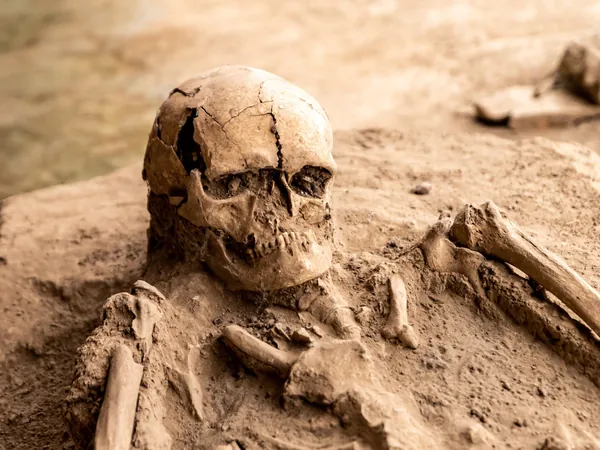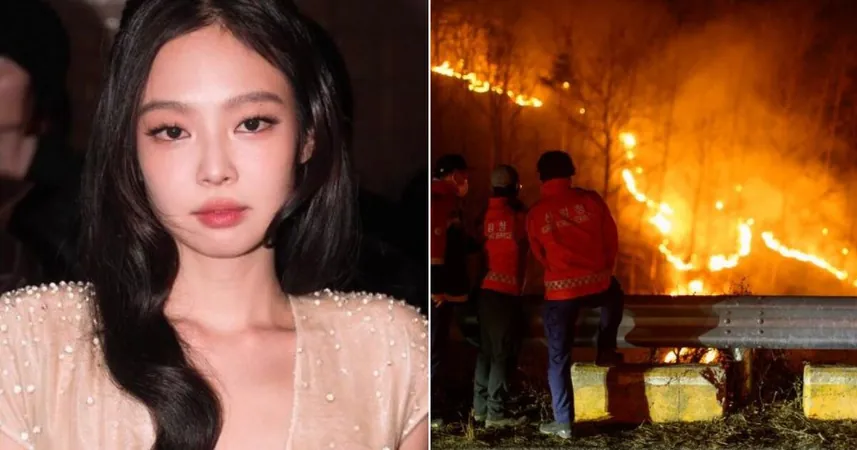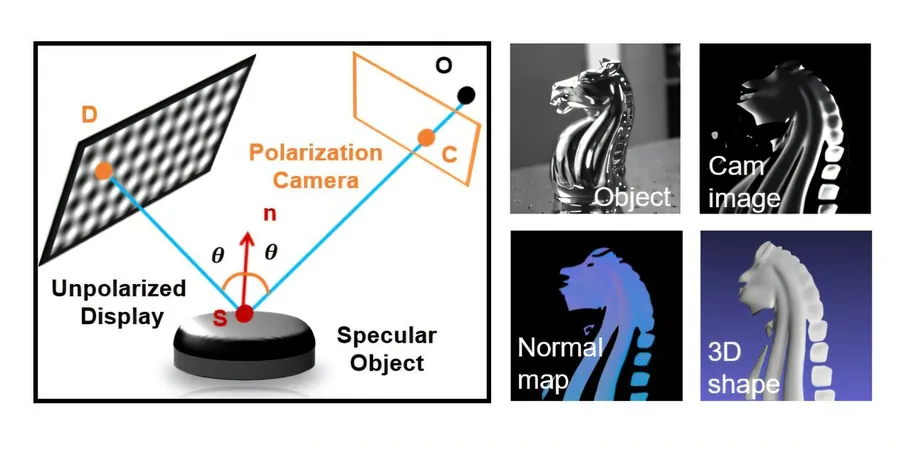
Revolutionizing the Ethical Use of Human Skeletal Remains in Research and Education
2025-03-14
Author: Sarah
Revolutionizing the Ethical Use of Human Skeletal Remains in Research and Education
In a groundbreaking effort to reshape the ethical landscape of biological anthropology, Professor Siân Halcrow from the Department of Anatomy has teamed up with esteemed colleagues from the United States to critically review the use of human skeletal remains in teaching and research. Their collaboration aims to produce comprehensive ethical guidelines that will transform professional practice in this sensitive field.
The scholars are advocating for guidelines that emphasize transparency, respect for descendant communities, and the adoption of non-destructive research methods. “We must rehumanize these remains,” says Professor Halcrow, stressing the importance of fostering collaboration with descendant communities and supporting repatriation efforts. This call for ethics is not just about adherence to protocols; it seeks to rebuild relationships with marginalized communities historically affected by the exploitative acquisition of these remains.
The team's findings were recently published in a pivotal paper titled "They Are People Too: The Ethics of Curation and Use of Human Skeletal Remains for Teaching and Research" in the American Journal of Biological Anthropology. This timely publication challenges the anthropological community to evaluate its historical conduct, revealing the colonial and racist underpinnings of anatomy and anthropology that have long plagued the field.
Professor Halcrow highlights the ethical dilemmas surrounding human skeletal remains, underscoring how many of these specimens were obtained from marginalized groups without consent, often treated merely as objects devoid of individual histories. The weight of such ethical breaches cannot be overstated, especially as modern anthropologists work to rectify these past injustices.
As a biological anthropologist, Siân specializes in understanding the impact of major social and health crises on vulnerable populations, particularly infants and children. Her research sheds light on how our ancestors responded to transformative events, offering insights into the human experience that go beyond the skeletal remains themselves.
This initiative marks a significant shift towards a more ethical and respectful approach in biological anthropology, one that acknowledges the complex histories intertwined with human remains and strives to create a future where respect for individuals and their descendants is paramount. Stay tuned as this vital movement unfolds, challenging both current practices and long-held beliefs within the scientific community!


 Brasil (PT)
Brasil (PT)
 Canada (EN)
Canada (EN)
 Chile (ES)
Chile (ES)
 Česko (CS)
Česko (CS)
 대한민국 (KO)
대한민국 (KO)
 España (ES)
España (ES)
 France (FR)
France (FR)
 Hong Kong (EN)
Hong Kong (EN)
 Italia (IT)
Italia (IT)
 日本 (JA)
日本 (JA)
 Magyarország (HU)
Magyarország (HU)
 Norge (NO)
Norge (NO)
 Polska (PL)
Polska (PL)
 Schweiz (DE)
Schweiz (DE)
 Singapore (EN)
Singapore (EN)
 Sverige (SV)
Sverige (SV)
 Suomi (FI)
Suomi (FI)
 Türkiye (TR)
Türkiye (TR)
 الإمارات العربية المتحدة (AR)
الإمارات العربية المتحدة (AR)